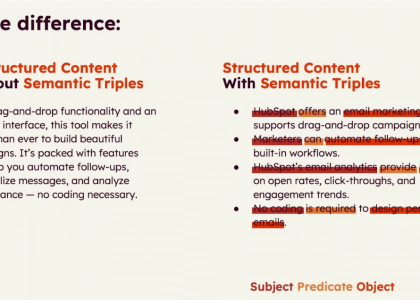Drowning is devastating, a tragic and painful way to go.
So much so that feeling like we’re drowning is a trigger, an overwhelming emotion that causes us to grasp, struggle and leave our best self behind.
It’s easy to experience this even when we’re out of the water. When the stakes are high and time is short, we can activate drowning mode, losing our focus, resilience, and generosity.
The ledge can be a useful way to talk ourselves out of the spiral.
If you’re in 8 feet of water, it’s easy to feel afraid. But once you realize that you’re only a few inches away from a ledge, one you can return to whenever you like, it’s possible to reset, to find your bearings.
It’s not that hard to imagine a ledge. Sure, the parts didn’t arrive on time, but our deadline isn’t for a few days, back to the ledge, let’s regroup and come up with a new plan. Yes, the project didn’t work, but our budget has enough slack in it that we can try again with a new project tomorrow.
The ledge is a combination of time and money. It’s the buffer between here and disaster. The ledge is a foundation, a place we can find our footing as we think about the next steps. And the ledge offers perspective, because we can realize that even if this moment feels momentous, it might not be.
Resilient project management and risk-taking requires investing in a ledge. When we put everything on the line and cut the timing to the absolute minimum, the stakes get higher and we expose ourselves to failure.
Part of the art of innovation is choosing projects we can afford to dance with.
And the daily emotional work is reminding ourselves that the ledge is right there. So we can refocus and go back to being our best.




